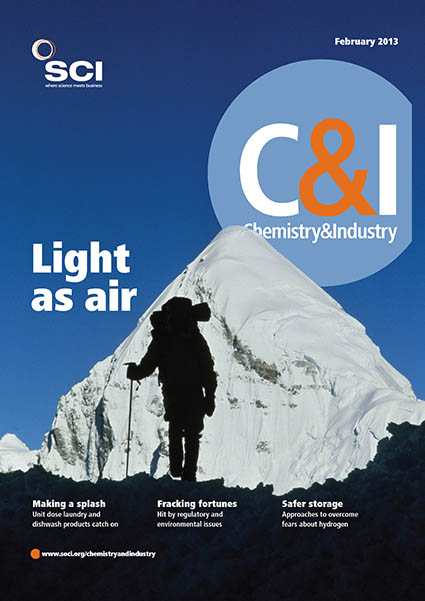A prototype LED (light-emitting diode) that emits a warm white light, closer to a sunset glow than a harsh midday light, has been devised by US scientists.
Light bulbs based on LEDs use far less electricity than old incandescent bulbs. But they can be expensive and dispense a cool, bluish light.
Most commercial white LEDs are currently made by combining a blue LED chip with a yellow phosphor called YAG:Ce. However, the new prototype is the first LED to emit a warm white light using a single light emitting material, a yellow phosphor or luminescent compound based on europium, and a single illumination centre, the LED (Light: Science & Applications, doi:10.1038/lsa.2013.6).
Lead author Zhengwei Pan, physicist at the University of Georgia, US, says that ‘household light should be the first application.’
Warm white LEDs can be made using a single phosphor with a number of emitting centres; another strategy is to combine a number of different colour phosphors, but this can be technically difficult and is costly. ‘Cool white LEDs are cheaper than warm whites,’ explains Vrinda Bhandarkar, LED market analyst at Strategies Unlimited in California, US. ‘There is lots of research into getting warm light. People want warm white lights in the houses and restaurants,’ Bhandarkar explains. ‘But people do not want warm white for offices. There you want cooler white light.’
The prototype uses a blue LED that on its own gives a cool bluish light, but by adding a coating of the new yellow phosphor on top of this LED, the cool blue light is joined by yellowish light emitted by the phosphor coating. The result is a warmer tone to the light, though the phosphor causes some efficiency loss.
‘My overall impression is that there is novelty, but the relatively low efficiency might be a stumbling block to commercialisation,’ comments LED researcher Pleunn Maaskant at the Tyndall National Institute in Cork, Ireland, adding that: ‘The main shortcoming is the relatively low efficiency of the phosphor (quantum efficiency ~30%) versus an efficiency of 75% for present commercially used phosphors.’
Some retailers forecast that LED technology will emerge as the most popular light technology over the next four to five years. Compact fluorescent bulbs, an alternative technology, are seen by many as slow to warm up with a harsher quality of light. Japan has the highest uptake of LEDs among households in the world, Bhandarkar says. ‘Japanese people have been buying [LED] ceiling lights, which have colour tunability. So they can have the light bright when the kids are doing homework and then tune the colour down in the evening time,’ she explains.





